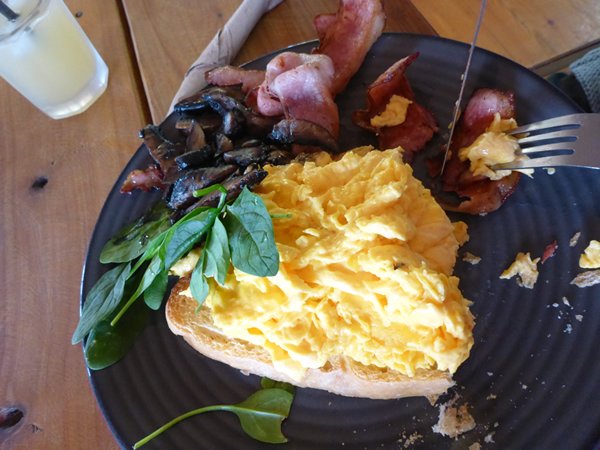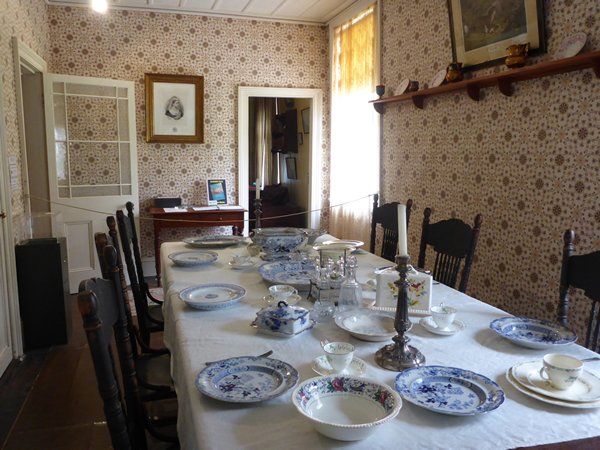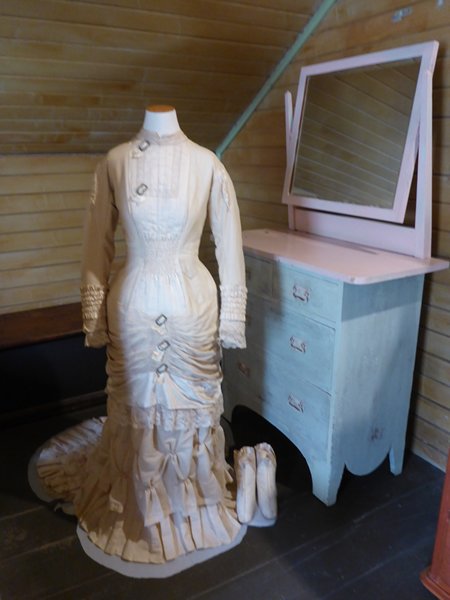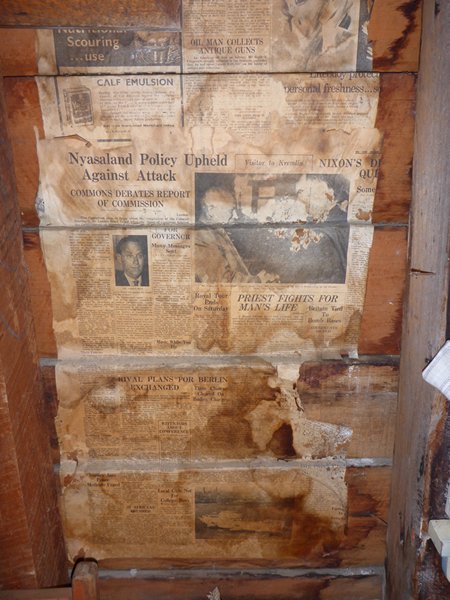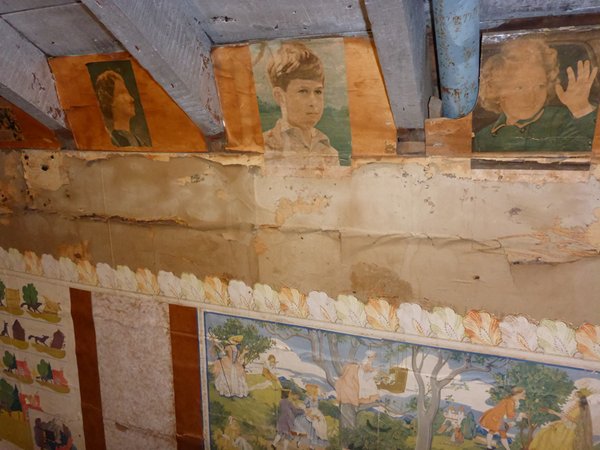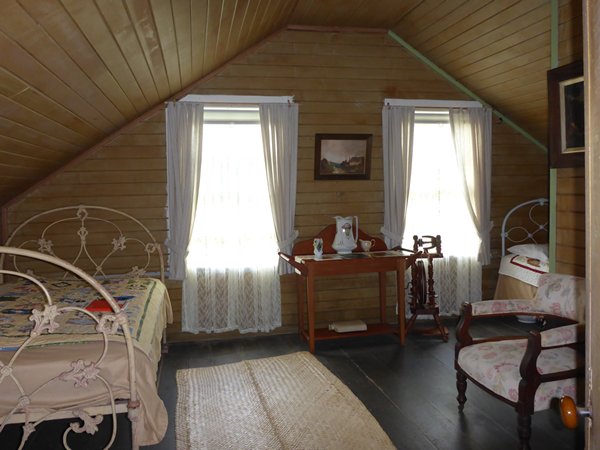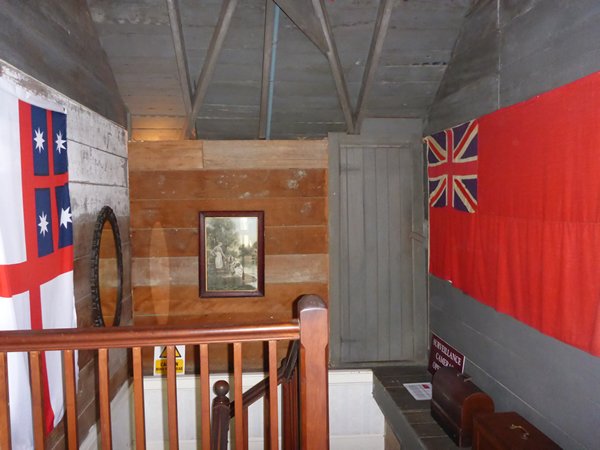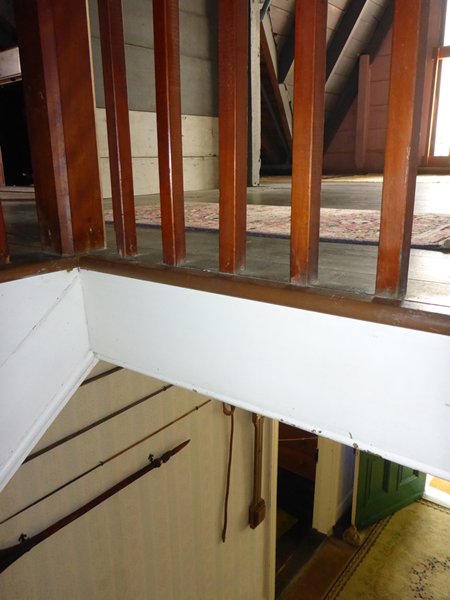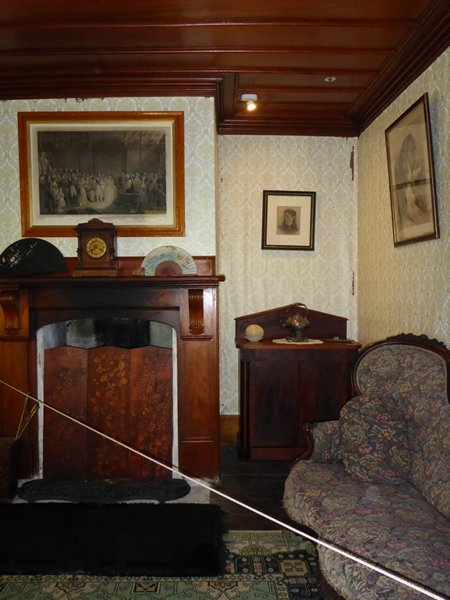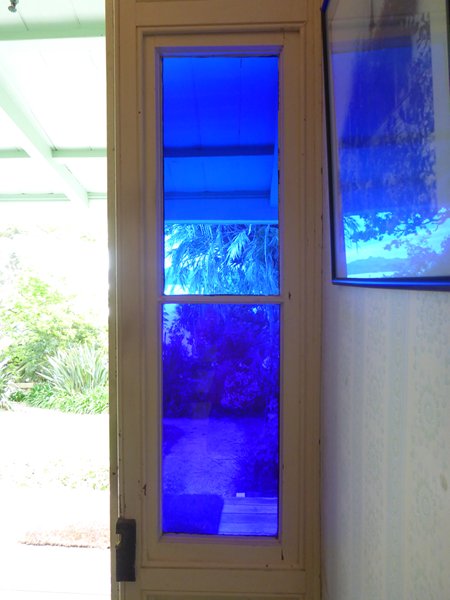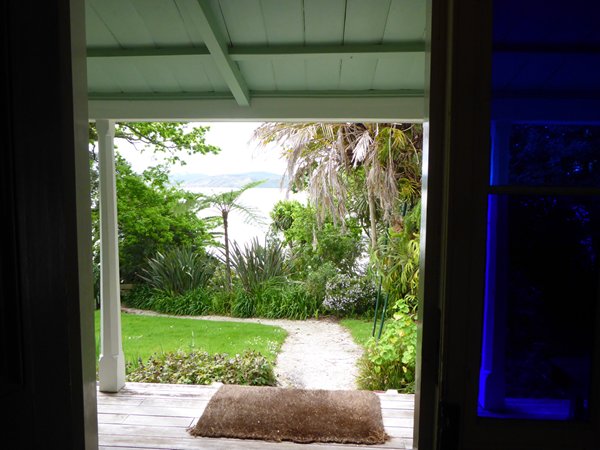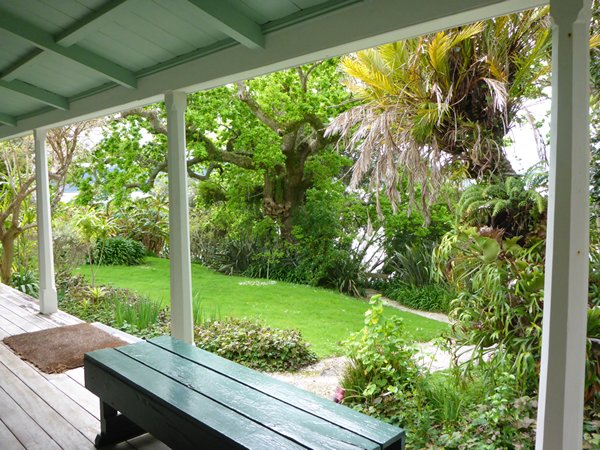Clendon House

|
Clendon House Rawene Home of James, born in Deal in Kent and Irish/Maori Jane Clendon from 1861 until James death in 1872 and where Jane raised her family and eventually died in 1919. First of all the couple and their four young children lived in the kitchen, referred to by James as “a rookery, neither wind nor water tight” and outhouses because James was not convinced of his title to the property. He had been sorely duped once before when his four bedroomed, stabled and multi roomed home in Okiato was heisted from him for a pittance and a useless 10,000 acres of sopping marshland near Auckland by two shadowy Governors to make it the first Government House. James spent all of his life working hard to pay off debts he owed largely through no fault of his own. He was a talented man, a master mariner, merchant, trader, Magistrate and Commissioner of Customs, builder and father of 14 children, six to his first wife Sarah after an onboard romance on his first voyage to Australia and New Zealand and eight to Jane whom he married five months after Sarah’s death in 1855. It seemed James’ eye for potential and opportunity exceeded the earning potential of his exploits and early government jobs were far from lucrative. It is testament to their skills that between them and with local help they created a beautiful home in those days considered to be substantial which has been restored and lovingly cared for to the present day since 1972 when the widow of Jane’s grandson Trevor sold it to the New Zealand Historic Places Trust. Rob and I sat at the scrubbed kitchen table opposite Ahanne and were engrossed in a discussion about the recent General Election. My mind drifted over the contents of the room a small butter maker fixed to the table, the hearth where Jane would have cooked using big cast iron pots and cauldrons and re-usable bottles and jars stacked on the shelves. Jane might have welcomed the addition of cupboards and an Orion stove in the 1920’s just after her demise. I was fully expecting Jane to burst in carrying a basket full of fresh fruit and vegetables from her garden, muddy and bedraggled children hopping about waiting for a drink of lemonade, their morning chores completed. Amazing how the restoration also re-instated the homely, lived in atmosphere. Ahanne gave us a well-informed and affectionate chat about history of the home and family before releasing us for our self-guided tour, the perfect combination for me. Rob and I are not alone in tending to slip around gathered groups listening to guides preferring to do our own thing at our own pace. A typical attitude of cruisers. The main bedroom was downstairs and was my dream bedroom because it has French doors opening onto a verandah overlooking the harbour. Imagine a warm summer evening, sitting opposite eachother, sipping cool wine and watching whatever activity there might be out there on the water, bliss. The very young oak trees James and Jane planted together were too short to block the view and the date palm, a gift planted by visiting Governor George Grey, (remember him form Kawau Island) today old and bent and covered in elk ear fern, had yet to bear fruit.(It is on the right hand side of the outside photo) The downstairs of their home was a showpiece, a place for visitors to relax and admire James and Jane’s successes, but upstairs was the realm of the children, 3 or 4 to a bed with walls covered with newspaper and any educational pictures that could be found. World maps, the alphabet and nursery stories and pictures of our young royal family which must have been glued in place by the fingers of Jane’s grandson and family. So highly did Jane value a good education that part of the cramped attic was a dedicated schoolroom and all of her surviving children did well as a result. The photo taken half way up the stairs shows the contrast between the refinement of the ground floor décor and the crude nature of the children’s domain. I know where I would have busied myself during the day, teaching the little ones with the help of the older siblings and then spending time mending their clothes and making new ones for the oldest, to be repaired and handed down as they grew, using one of their worn Singer sewing machines just a few years older than mine. Either George Grey genuinely liked this hard working intelligent couple or he wanted to make some recompense for the shoddy way James was being treated by the fledgling government or both because he gifted them two small oil paintings, just the right size for their house, that must have been worth a nice sum at the time. Despite their lack of funds and maybe in mutual admiration they did not sell them. Another picture which hangs above the fireplace in their bedroom told a story that must have broken Jane’s heart in 1885. The picture is a self-portrait painted by their second son, William Frederick Ngaropo Clendon who gained a reputation as a talented Maori orator and waka oarsman before dying in his early twenties. A credit to her but a tragic loss. On the subject of pictures I wondered whether the lack of photos or pictures of his first family in Clendon House was James and Jane’s choice or their ‘time’ being pre-photography or the lack was the choice of the dedicated restorers. The rich red of mahogany dominates the dining room with a cleverly designed table that when dismantled stacks into a portable unit ideal for shipping, a reminder to James of his earlier seafaring life. The unpainted chairs are blackened where hands pulled them back in anticipation of supper and family get togethers and of course Queen Victoria presides over all. James died in 1872 leaving Jane, 38 years his junior, with their eight children, the youngest of whom was only a few months old. She inherited his debts and by negotiating with the creditors in Auckland numerous times for extensions, and further testing the generosity of his parents she eventually cleared the debts. She traded in gum, bark, firewood, garden produce and bartered for the continued education of the children and she won. The family entered adulthood from Clendon House and Jane passed away there in 1919 at the deserved old age of 81.
|

